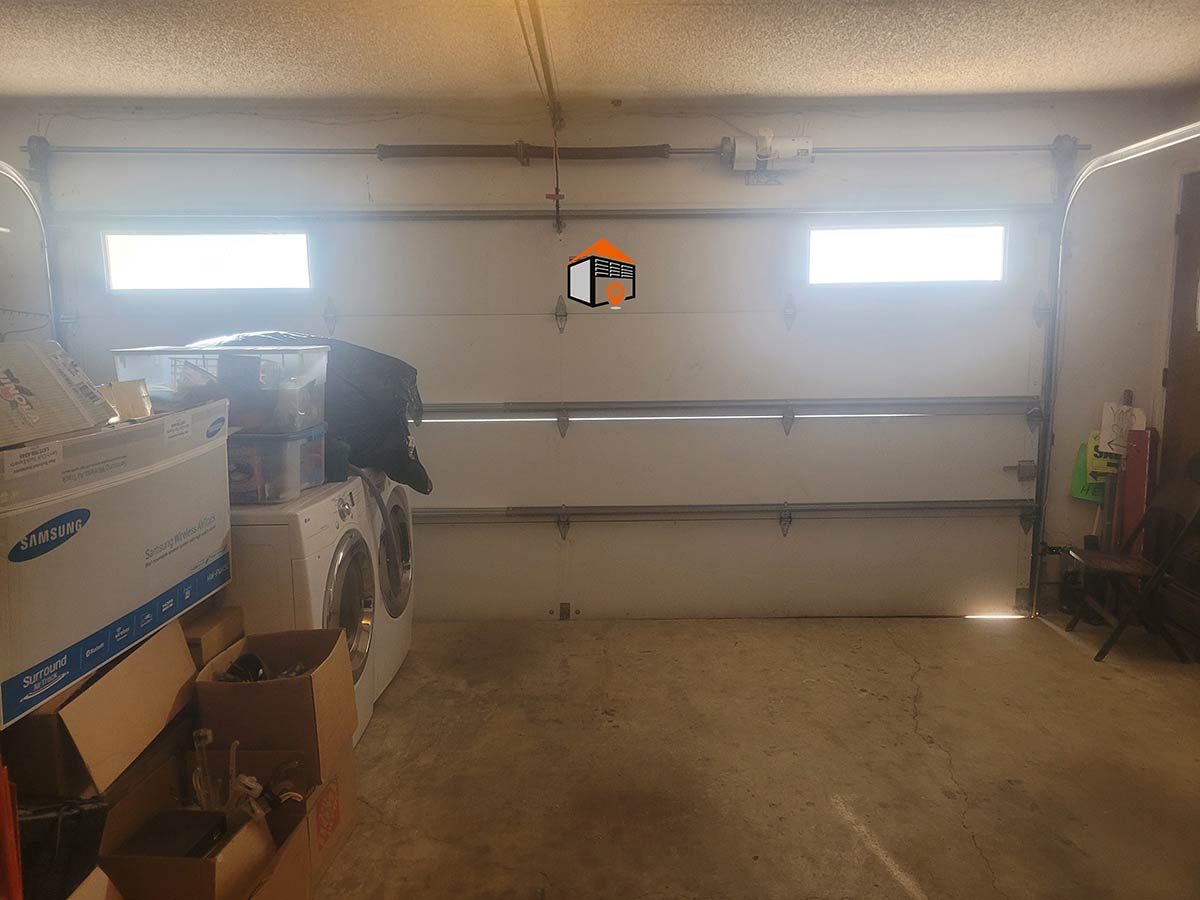Understanding High Wind Areas
If you live in a high wind area of the United States, such as along the entire Gulf of Mexico coastline or from the southern tip of Florida up to northern Maine, preparation is crucial. These regions often experience wind loads up to 150 mph due to hurricanes. Additionally, smaller areas, like Santa Ana, California, can also produce significant winds. It’s important to check local building codes, as they vary on the requirements for wind load on garage doors. Adhering to these guidelines can help you safely prepare your garage door for storms.
Choosing the Right Garage Door
If you do not currently have a high wind load garage door, reinforcing it may be challenging. The best solution is to install a garage door specifically designed to withstand high winds. High wind load garage doors typically feature heavy-duty struts and a more robust hardware system. This includes reinforced rollers, thicker steel hinges, and heavier duty tracks. Investing in a properly rated garage door can make a significant difference in your garage’s safety during strong winds.
Reinforcement Techniques for Existing Garage Doors
For those with non-insulated garage doors, there are some measures you can take to reinforce them. One effective method is to add struts to each garage door panel. Ensuring the door is tightly sealed to the frame is also vital. A loose door can create issues when high winds occur, potentially leading to severe damage. You may need to hire a garage door company to assist with this reinforcement since specialized struts may not be available in retail hardware stores.
Vinyl Seals and Weather Stripping
Another useful accessory available at many hardware stores is vinyl doorstop. This seal helps to protect your garage from the elements and is more commonly found on steel garage doors. While wood panel garage doors often use natural wood as a doorstop, they may not seal as effectively. When installing vinyl weather stripping, positioning is key: on a steel door, the stop should touch the door when closed, while it must be placed slightly further away on a wooden door.
Structural Integrity with Styles and Struts
The vertical supports built into garage door panels are known as styles. These metal supports help maintain rigidity in the door’s construction, while horizontal struts provide additional support. High wind load garage doors often come with reinforced styles to enhance their resilience. If you’re located in an area prone to severe weather, consider garage doors with enhanced structural features.
Coastal Garage Doors: A Specialized Option
Some manufacturers now offer coastal garage doors specifically designed for extreme weather conditions. Constructed from a solid, high-quality vinyl with good insulation, these doors can withstand harsh climates. However, they may be equal in price to custom carriage house doors, so it’s important to check your budget before making a decision. Investing in a coastal garage door can provide peace of mind and long-lasting durability.
Conclusion: Take Action to Protect Your Garage
In summary, preparing your garage door for storms and high winds involves understanding local building codes, choosing the right door, and reinforcing your existing door if necessary. By implementing these strategies and considering specialized options, you can protect your garage and home from the damaging effects of severe weather.
